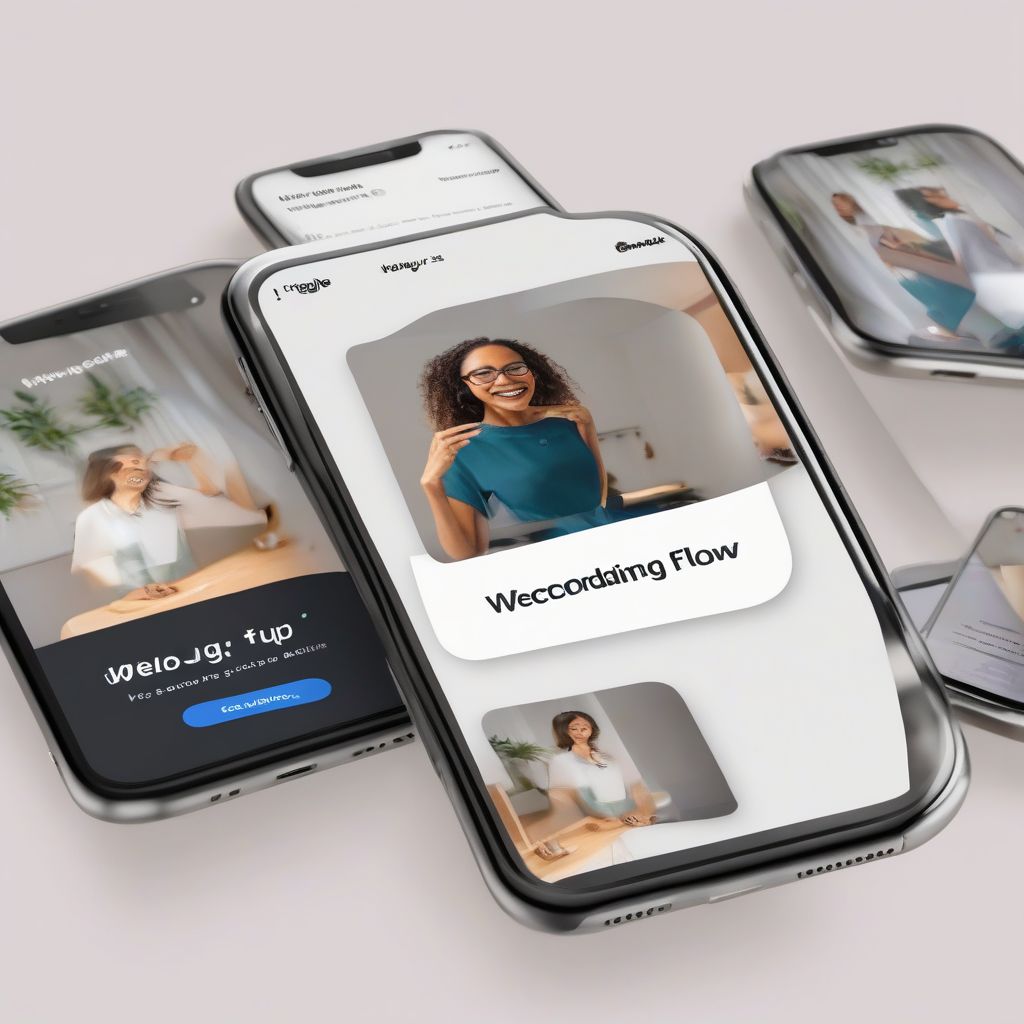Imagine this: you download a shiny new app, excited to dive into its features. But as you start using it, you find yourself getting lost, confused, and frustrated. The navigation is clunky, buttons are hidden, and you can’t figure out how to complete simple tasks. Sounds familiar?
Poor app navigation and usability are major reasons why users abandon apps. As a nutritionist and meal prep coach, I understand the value of a seamless and enjoyable user experience. Just like a well-organized kitchen helps you cook efficiently, a well-designed app helps users achieve their goals with ease.
This article explores actionable tips to improve your app’s navigation and usability, ensuring your users have a smooth and delightful experience.
Understanding the Importance of App Navigation and Usability
Before we jump into the tips, let’s briefly discuss why app navigation and usability are crucial:
- Increased User Retention: When users can navigate your app effortlessly, they are more likely to return. Good usability translates to happy, engaged users.
- Enhanced User Satisfaction: A frustrating app experience leads to negative reviews and low ratings. Intuitive navigation and design contribute to positive user sentiment.
- Improved Conversion Rates: Whether it’s making a purchase or signing up for a subscription, seamless navigation and a user-friendly interface make it easier for users to convert.
- Stronger Brand Reputation: A well-designed app reflects positively on your brand, building trust and credibility with your users.
Actionable Tips for Improvement
Now, let’s explore actionable tips to enhance your app’s navigation and usability:
1. Prioritize a Clear and Consistent Layout
Imagine walking into a library with books scattered everywhere. Overwhelming, right? That’s how users feel when an app lacks a clear structure.
- Establish Visual Hierarchy: Use different font sizes, weights, and colors to guide users’ attention to important elements. For instance, headings should stand out, while body text remains easy to read.
- Maintain Consistency: Use consistent button styles, icons, and terminology throughout your app. If “Home” is represented by a house icon on one screen, keep it the same throughout.
- Grid Systems are Your Friend: Employ a grid system to organize content and ensure visual balance. This makes your app predictable and easy to scan.
2. Optimize Your App’s Onboarding Process
First impressions matter. Your onboarding process is a user’s initial interaction with your app, setting the tone for their overall experience.
- Keep it Concise and Engaging: No one wants to sit through a lengthy tutorial. Use clear, concise language, and visuals to explain key features in a few steps.
- Offer Progressive Onboarding: Don’t overwhelm users with information upfront. Introduce features gradually as they progress through your app.
- Allow Users to Skip or Revisit: Give users the flexibility to skip the onboarding if they prefer to explore on their own or revisit it later.
 Mobile App Onboarding Screens
Mobile App Onboarding Screens
3. Design Intuitive Navigation
Navigation is the backbone of your app, helping users move seamlessly between different sections and features.
- Choose the Right Navigation Pattern: Popular options include tab bars, bottom navigation, and side drawers. Select the pattern that best suits your app’s structure and complexity.
- Don’t Reinvent the Wheel: Stick to familiar navigation conventions. Users are accustomed to certain patterns, and deviating drastically can lead to confusion.
- Provide Clear and Concise Labels: Use familiar terms that accurately describe each section or feature. Avoid jargon or technical terms that might confuse users.
4. Make Your App Easily Searchable
A prominent and effective search function is crucial, especially for apps with extensive content or functionalities.
- Implement Autocomplete: Suggest relevant search terms as the user types, saving them time and effort.
- Support Filters and Categories: Allow users to refine their search results based on categories, filters, or other criteria to find what they need quickly.
- Display Search History: Show recent searches to help users quickly repeat previous actions.
5. Ensure Accessibility for All Users
Your app should be usable by everyone, regardless of their abilities or disabilities.
- Follow Accessibility Guidelines: Adhere to platform-specific accessibility guidelines, like WCAG for web and accessibility APIs for mobile.
- Provide Alternative Text for Images: Use descriptive alt text for all images so screen readers can convey the content to visually impaired users.
- Support Dynamic Text Sizing: Ensure your app’s text size can be adjusted to accommodate users with visual impairments.
6. Get Feedback and Iterate
User feedback is invaluable for improving your app’s navigation and usability.
- Conduct Usability Testing: Observe real users interacting with your app to identify pain points and areas for improvement.
- In-App Feedback Mechanisms: Provide easy ways for users to submit feedback or report issues directly within the app.
- Analyze App Usage Data: Use analytics to track user behavior, identify areas where users get stuck, or drop off. This data can provide valuable insights for optimization.
Conclusion
Improving your app’s navigation and usability is an ongoing process. By following these tips, you can create an intuitive and enjoyable experience that keeps your users engaged, satisfied, and coming back for more. Remember, a user-friendly app is a successful app.
What steps are you taking to improve your app’s navigation and usability? Share your thoughts in the comments below!
[amazon bestseller=”app design”]
